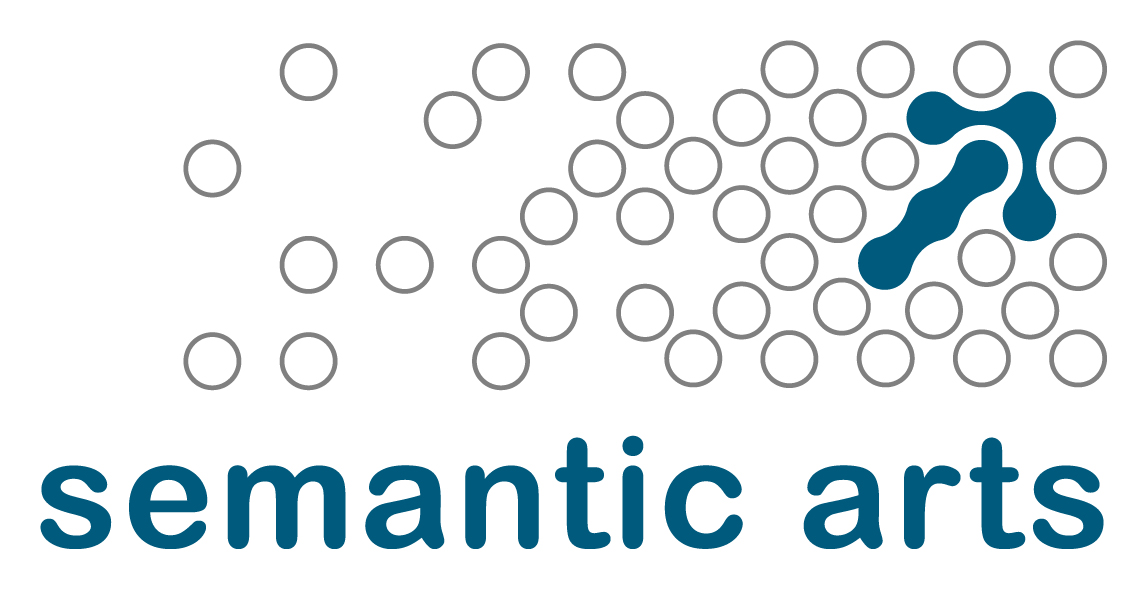Why is Marie Kondo so popular for home organization?
 Marie Kondo released her book, “The Life-Changing Magic of Tidying up,” almost ten years ago and has since gained much notoriety for motivating millions of people to de-clutter their homes, offices, and lives. Some people are literally buried in their possessions with no clear way to get from room to room. Others simply struggle to get out the door in the morning because their keys, wallet, and phone play a daily game of hide-and-seek. Whatever the underlying cause of this overwhelm, Marie Kondo offers a simple, clear method for getting stuff under control. Not only that, but she promises that tidying up will clear the spaces in our lives, leaving room for peace and joy.
Marie Kondo released her book, “The Life-Changing Magic of Tidying up,” almost ten years ago and has since gained much notoriety for motivating millions of people to de-clutter their homes, offices, and lives. Some people are literally buried in their possessions with no clear way to get from room to room. Others simply struggle to get out the door in the morning because their keys, wallet, and phone play a daily game of hide-and-seek. Whatever the underlying cause of this overwhelm, Marie Kondo offers a simple, clear method for getting stuff under control. Not only that, but she promises that tidying up will clear the spaces in our lives, leaving room for peace and joy.
Why does this method apply to Data-Centric Architecture?
You might be wondering what this has to do with data-centric architecture. In many ways the Marie Kondo method is easily extrapolated out of the realm of physical possessions and applied to virtual things: bits of data, documents, data storage containers, etc. In the world of information and data, it’s not surprising that people have seen parallels between belongings and data. That said, it’s not enough to just say that new applications, storage methods, or business processes will solve the problems of information overload, data silos, or dirty data. Instead, it’s important to examine your company’s data and the business that data serves.
Overarching Data-Centric Principles
For most businesses and agencies, data is essential to function and is ensconced in legal requirements and data lifecycle policy. It simply isn’t realistic to say, “Throw it all out!” Instead, the principles behind acquiring, using, storing, and eventually discarding things must be understood. And in the virtual space, we can understand “things” to be data-centric, metadata, and systems.
Her Method Starts with “Why?”
In her book, Marie Kondo says, “Before you start, visualize your destination.” And she expands on this, asking readers to think deeply about the question and visualize the outcome of having a tidy space: “Think in concrete terms so that you can vividly picture what it would be like to live in a clutter-free space.” Our clients will often engage us with some ideal data situation in mind. It might be expressed in terms of requirements or use cases, but it often has to do with being able to harmonize and align data, do large-scale systems integration, or add more sophisticated querying capabilities to existing databases or tools. In fact, the first steps of our client engagements have to do with developing these questions into statements of work.
Also, we encourage clients to envision their data and what it can tell them independently of applications, systems, and capabilities precisely to avoid the pitfall of thinking in terms of using new tools to solve undefined problems. It’s uncanny that this method of interrogation into underlying motivations is common between data-centric development and spark-joy tidying up.
Her Method is About the Psychology of Belongings.
It is important to understand how organizations come to have their data. In the US Government, entire programs are devoted to managing acquisition. In finance, manufacturing, and other industries, the process of acquiring systems and data is often a business unto itself. It’s not uncommon to hear people working with data to refer to “data silos” when talking about partitioned and disconnected collections of data. Sometimes this data is shuffled into classified folders and proprietary systems unnecessarily, simply because someone wants to retain control of it. In my work at the Federal Government, I found that the process of determining the system of record to be intensely political and time-consuming. It’s not a trivial process and not simple, but it is essential to the effort of tidying your data-centric environment.

Sort your Data by Category.
Marie Kondo recommends going categorically for a reason. In her book, she talks about her process of evaluating her belongings by location, drawer by drawer, room by room, and discovering that she found herself organizing multiple drawers with the same things repeatedly. She tells us, “The root of the problem lies in the fact that people often store the same type of item in more than one place. When we tidy each place separately, we fail to see that we’re repeating the same work in many locations and become locked into a vicious circle of tidying.” If this doesn’t sound familiar, you aren’t even working with data.
For me, this principle became clear when I gathered all my office supplies in one place. I was astounded by the small mountain of binder clips (and Sharpies) that seemed to materialize out of nowhere. I always seem to be looking for binder clips and sharpies, so I was shocked by how many I had.
I can think of no closer parallel than the proliferation of siloed systems that appear in each department within an agency. When I worked for a government agency, I was part of a team whose job it was to survey the offices to find out who was using flight data. There were several billion-dollar systems in development and in maintenance that held flight data. Over the course of a few years, I would hear quotes about the agency-wide number of flight data systems go from 15 systems, to 20, to 30, and beyond. It literally became an inside-joke with leadership. And at times, we would hear rumors about some small branch office that had their own Microsoft Access database to keep track of their own data, because they couldn’t get what they needed from the systems of record. Systems are like the binder clips of enterprise data, except that this kind of proliferation is as easy as making a copy. You don’t even need to make a trip to the office supply store to end up with a pile of duplicates. If you want to understand how much data redundancy you have, search for specific categories of data across all systems.
Does it spark Joy? What does joy mean in the context of systems and data?
How do you know what sparks joy? First, look at how the principle of looking for joy is applied. Presumably, you are in your line of business because on some level it brings you joy – joy that derives from fulfilling a purpose. Remember the first step of understanding why you are embarking on a transformative process and go back to what you envisioned. Another way that you can look at joy is whether your space and the things in it allow for that spark to happen. Ideally, you remove the items from your space that hinder that spark, after acknowledging the lessons they’ve taught you. Do you feel that spark of joy when you grab your keys in the morning on the way out the door? If you’ve ever tried to find misplaced keys while you’re in a rush, you know the antithesis of joy. Having done the work of creating a space where your keys are easy to find is a way of facilitating joy in your morning routine.
One of the supposed failures of the Marie Kondo method as it applies to data clutter is that it is impossible to physically hold, or even look at, every single piece of data in your system. Again, rely on the principle behind her method, which is that it is important to be thorough and aim for an environment that facilitates ease and joy. Don’t say, “We can’t delete any personnel data!” and quit. Commit to taking an inventory of your personnel systems and the systems that use personnel data. If that process reveals that you have ten different personnel systems and personnel data scattered in several other systems, you must take a closer look at your data environment. At one point in my physical de-cluttering, I found a tin full of paper clips. I didn’t handle each shiny paper clip individually; rather, I acknowledged the paper clips served me when I printed more documents onto paper, and since I no longer had a printer, I decided to toss them into the recycling bin.
Remember why you’re considering a solution to data problems in the first place and make a commitment to doing the work of determining your real data needs. Purpose is key, because the way data sparks joy is by enabling you to fulfil that purpose. This can be difficult where the work you do is abstract and somewhat removed from business that is easy to understand. However, the critical point to knowing whether or not the data in front of you serves its purpose in your business is to fully understand your business.
Discard and Delete your Data

Take a wardrobe full of clothing for example. Many of Marie Kondo’s clients are surprised when they start organizing their wardrobes. It’s surprising when you can see the amount of clothing that is unserviceable, the number of items that still have tags on them, the number of hand-me-downs or gifts that don’t suit you, etc. These items are sometimes difficult to discard because of several reasons:
- It’s kept out of obligation to the giver.
- It cost a lot of money to buy it.
- It’s still in good repair.
- It might be the perfect thing to wear at an unspecified event in the future.
- It reminds you of the lovely event at which you wore it.
- It reminds you of the person who left it with you.
It may seem far-fetched to apply these reasons to data storage, but a quick glance through failed data projects will show you otherwise. Consider the proprietary data locked in a system owned by a vendor for which your license has lapsed, or the system that’s coded in an outdated language whose expert programmers have to be called out of retirement to access, or that directory of data that doesn’t really match the fields in your database, but you requested through a complex data-sharing agreement with another agency. If you can’t think of an example of a system that has been paid for but hasn’t been used, just consider that the terms shelfware and vaporware exist. It’s easy to be cynical about data precisely because of the overlaps between why we keep things in our closets and garages, and why we keep systems and data in our repositories. When you consider these parallels and understand the principles behind evaluating the items you keep with the hope that they will make your life better, sparking joy becomes easier.
Storage experts are hoarders.
Marie Kondo says you don’t need more storage. That new Cloud service that can take all the old databases you have and make them accessible is not going to solve your problem. Data storage is expensive, and you do not need a new data storage solution. What you need is to understand your business process, the business need for the data you believe you have, and a disposition plan for everything else.
How do you start?
In summary, if you’re looking for smart data-centric solutions to help you manage an overwhelming amount of data, or you’re looking for ways to access your vast stores of data in a way that enables smarter business solutions, your bigger issue might be data hoarding. Looking at your business needs, closely examining the data you have, and coming up with strategies for aligning your data to a manageable data lifecycle can seem overwhelming. Using a data-centric approach will bring that dream into focus. Keep an eye out for part two of this series to learn how to get your data to spark joy for you.

